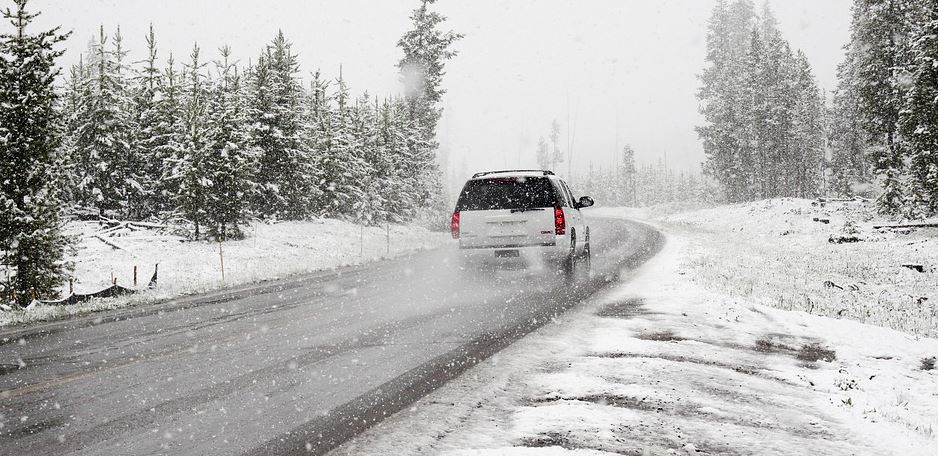
Learning to drive is an exciting experience, one that most teens have been eagerly anticipating. Learning the right lessons now can lead to a lifetime of good driving habits, especially when it comes to dealing with potentially-hazardous conditions or environments. A handful of seasonal driving tips can go a long way towards making sure your teen knows how to safely drive in the snow.
Go Slow
Snow, ice and winter weather conditions can decrease visibility as reduce traction to the point where drivers may have trouble controlling their vehicle. Slowing down is essential as it provides more time to monitor the surrounding environment or to react to an unexpected situation. Slowing down and maintaining a safe speed is often the single most effective safety tip for driving in the snow.
Visibility is Essential
Poor visibility is a leading cause of accidents. Heavy snowfall can reduce visibility to only a few feet. Teaching your teen how to properly use high and low-beam headlights, turn signals and hazard lights can be an important part of their education. Remaining vigilant while driving in the snow is of paramount importance.
How to Recover from a Skid
A sudden loss of traction can be a terrifying experience, even for experienced drivers. While a low-speed skid may only result in a fender bender, one that may require little more than dent repair services in order to remedy, a high-speed skid can be deadly. Summit hail repair can help with any repairs. However, it’s best to try and avoid one by learning how to control the car in the snow. Teaching your teen the basic concepts involved and showing them how to counter-steer and decelerate in order to regain control can be essential.
Getting Stuck in the Snow
Freeing a stuck vehicle is another lesson you would do well to cover. Being unable to deal with the situation themselves means your teen will have no choice but to wait for assistance. A quick tutorial on how to use gravel or pet litter to free a stuck vehicle can be very enlightening.
Emergency Roadside Supplies
Lacking emergency supplies could turn a minor problem into a far more serious situation. Packing a few extra blankets, highway flares or a spare cellphone charger can end up making quite a difference. Discussing the need for an automotive emergency kit is not something that should go overlooked.
Teaching your teen how to safely drive in the snow can provide you with some much-needed peace of mind. Learning how to properly identify and navigate potential hazards means that your teen will be better prepared for the road ahead.


